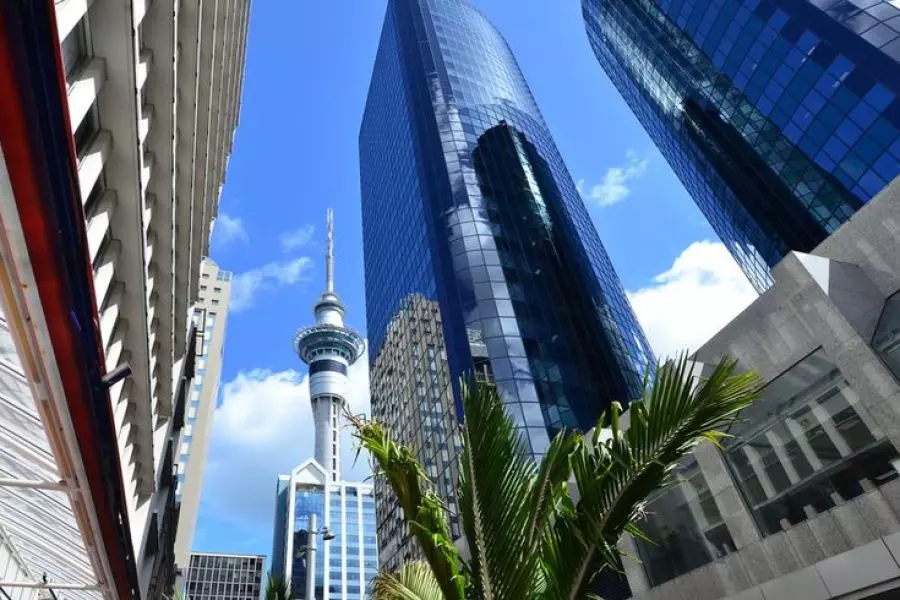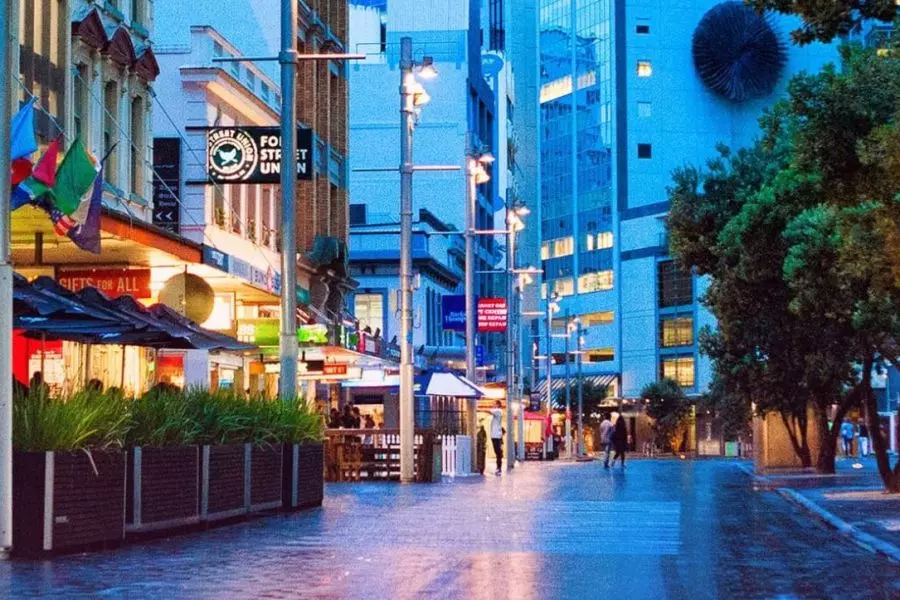
News
Shadow commercial space emerges

Sunday 9th of May 2021
Shadow space is being released to the market as tenants become pragmatic about their space requirements and look to reduce occupancy costs, a new Bayleys' report shows.
By on-leasing some of their office property, a tenant can recover a portion of leasing outgoings without the inconvenience and associated costs of exiting a lease or relocating to smaller premises.
In the fac...
Want to read the full article?
Click the button below to subscribe and will have unlimited access to full article and all other articles on the site.





![[The Wrap] Bye Bye Bayly](https://goodreturns.publit.io/file/c_fill,w_900,h_600/39f23ac1-f7c7-4854-b700-a150004ebbac.webp)


